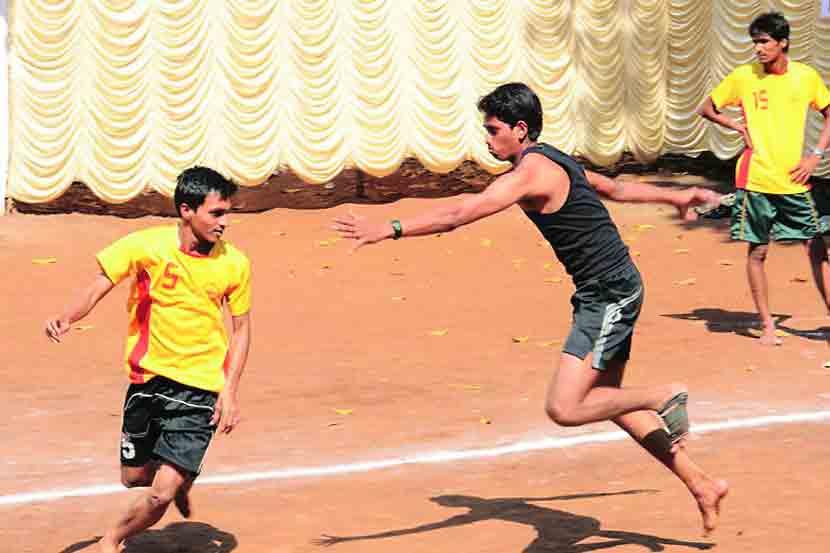The rich data set from Alex’s case has not only elucidated the relationship between spin bowling technique and performance but also opened avenues for practical applications in coaching, training, and strategy development. This chapter evaluates how the findings can be operationalized and the broader implications for the cricketing world.
Table of Contents
Tailoring Training Regimens for Spin bowling

Individualized Focus
Our data underscored the value of tailoring training to the individual’s biomechanics. For Alex, this meant prioritizing wrist strength exercises, fine-tuning his grip, and practicing delivery stride mechanics for better control. This individualized focus, informed by smart cricket ball data, could become a standard approach in elite cricket training programs.
Real-time Feedback
The use of smart cricket balls in training sessions provided immediate feedback, allowing Alex to adjust his technique on the fly. Implementing such tools in routine practice could significantly accelerate skill acquisition and refinement for bowlers at all levels.
Implications for Coaching Strategies
Data-Driven Decisions
Coaches are provided with a new dimension of data to inform their strategies. Understanding the exact mechanics that contribute to effective Spin bowling can refine coaching methodologies, moving from a traditional approach to a more scientific, data-driven model.
Talent Identification and Development
The ability to objectively measure performance metrics like Spin bowling rate and axis of rotation can also transform talent identification processes. Young players can be evaluated based on their biomechanical potential and existing skill set, ensuring that coaching resources are allocated efficiently.

Strategy Development
Matchplay Tactics
The granular data from Alex’s sessions provide insights into how spin bowlers can be deployed strategically during matches. For instance, understanding the correlation between spin rate and turn angle can inform decisions on bowler selection and field placements.
Opponent Analysis
Teams could potentially use smart cricket ball technology to analyze opponents’ bowling strategies, gaining a competitive edge by anticipating the types of spin and likely pitch behavior.
Injury Prevention
Biomechanical Analysis
A biomechanical analysis can identify potential injury risks by highlighting unnatural movements or excessive strain in a bowler’s action. Smart cricket ball technology could thus contribute to preventative training adjustments, reducing the likelihood of common spin-bowling injuries.
Broader Implications for Cricket Analytics
Evolution of Performance Analytics
The findings from the smart cricket ball technology herald a new era in performance analytics, where quantitative data can augment or even challenge conventional cricket wisdom.
The Future of Cricket Technology
The case study illuminates the potential for further technological advancements in cricket. Wearables, augmented reality, and virtual reality are poised to further revolutionize training and player development.
Conclusion
Alex’s case study has demonstrated the tangible benefits of integrating smart technology into the practice of spin bowling. The broader implications of these findings are significant, heralding a paradigm shift in how cricket is coached, played, and analyzed. The future of cricket lies in embracing these technological advances, ensuring the beloved sport continues to evolve and thrive in the modern era.
The remaining chapters would continue this exploration, detailing how these applications could be systematically implemented across different levels of cricket—from grassroots academies to international teams—and speculating on future technological innovations that could further revolutionize this classic sport.






1 Comment